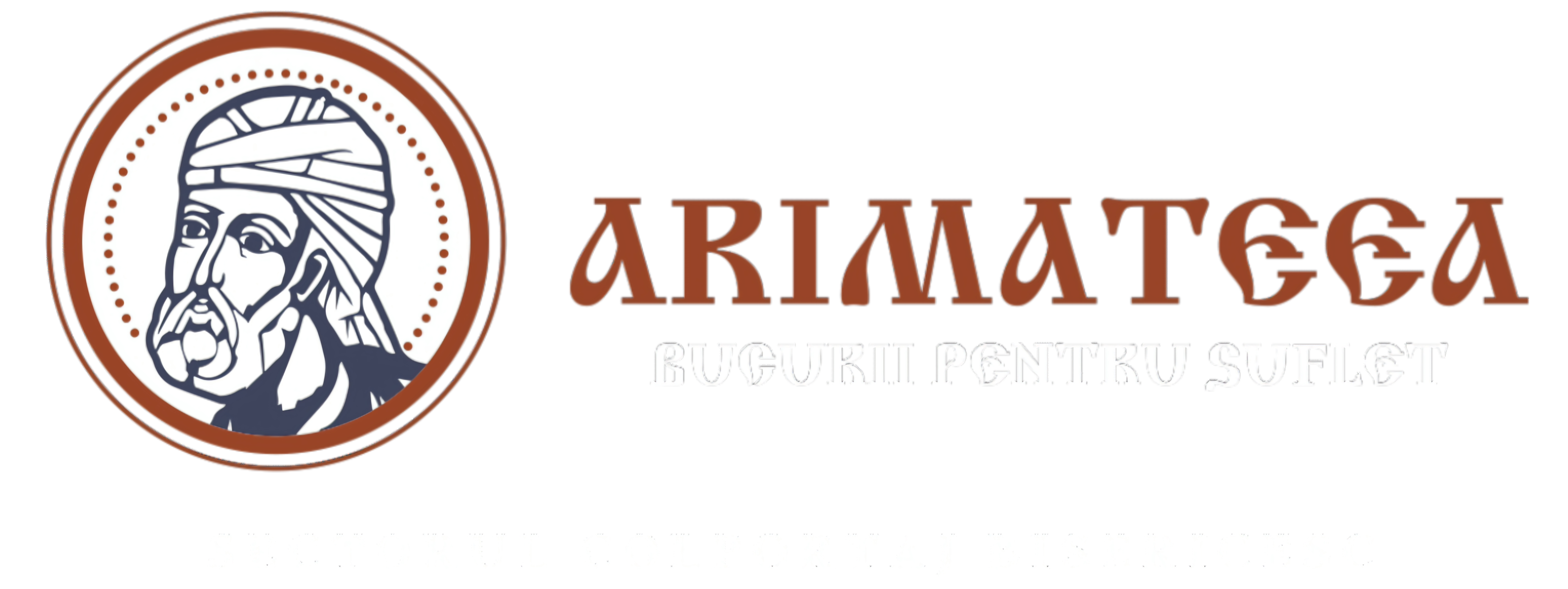About us
With the blessing of His Eminence Father Calinic, Archbishop of Suceava and Radauti and under the close involvement, coordination of Father Adrian Popa, Diocesan Counselor in the Archdiocese of Suceava and Radauti, the virtual store "Arimateea Bucuriiți" was born. to better understand the role and significance of the objects of worship, we invite you to read the word of Fr. Adrian Popa, Counselor in the Church Sales Sector within the Archdiocese of Suceava and Radauti.
,, The objects of peddling have an important missionary-cultural, social-philanthropic role, but also economic-financial in the life of the Church, as it is necessary to affirm its spiritual identity, to sanctify and renew the world. Icons, holy vessels, incense and all other church products are made available to the faithful, so that through their use in Christian worship God may be glorified One God in Being and three in Persons: Father, Son and Holy Spirit.
The icon is a real window through which man and God can look at each other face to face (Father Dumitru Stăniloae), a real face, being a symbol through which the teaching about the person represented on it is rendered, whether it is the Savior, the Mother of God or one of sanctify.
Liturgical vessels also have a very special symbolism. The chalice symbolizes the cup used by Christ at the Last Supper, the disk - the manger in which the Lord was born, the star - the star that the magicians saw when Christ was born, the antimis - the shroud in which the body of the Lord was placed when it was placed in the tomb, the copy - the spear with which the Lord was impaled on the cross, the spoon - the tongs with which the seraphim took the coals from the altar and touched it on the lips of the prophet Isaiah to cleanse it (Isaiah 6: 6), the censer - the gift of the Holy Spirit (like incense) (Psalm 140: 2).
And the liturgical vestments hide in them many meanings. Thus, the styrofoam symbolizes the luminous garment of angels, the sleeves - the bindings of the Savior's hands when he was crucified, but also the power of God, given to His servants by the mystery of ordination, the epitrach - the teachings of Christ, the felon - the power of God, who was clothed in the Lord when he was crucified.
St. Simeon of Thessalonica, explaining all the objects in the house of the Lord (church), showed, among other things, that the pillars that support the iconostasis imagine the difference between the material and the spiritual, because they separate the nave from the altar. In the same way they acquired symbolic meanings and the holy odors used in the church. For example, the bells are the symbol of God's voice, the light in the church - the divine light, and the incense - the beauty of the gifts of the Holy Spirit.
Through the church book, but also through art, both the teaching of faith and the beauty of Orthodoxy reflected in the objects of worship, in painting, embroidery and religious singing are transmitted. Orthodoxy is not only true, but also beautiful, because the glory of God beautifies creation forever. Seeing in Orthodoxy has the same value as hearing the word, because the Savior Jesus Christ is called the Word of God (cf. John 1: 1) and "the image [or icon] of God to the unseen" (Colossians 1:15). "He that seeth me seeth him that sent me" (John 12:45) strengthens the Savior. Or, as Paul Evdokimov puts it, "the image of Christ is the human face of God the Father, and the luminous image of God turned to men is that of Christ."
As for the economic-financial character, the manufacture, purchase and sale of religious objects and religious books is the right of the Church, which acquires, at least in part, a certain financial autonomy to support the many activities it carries out. According to the Statute for the organization and functioning of the Romanian Orthodox Church, church peddling must be organized at all structural levels of the Romanian Orthodox Church, under the coordination of the Holy Synod (Art. 61, 7 / Art. 79, letter e), and according to Law 103/1992, each religious cult recognized by the Romanian State has the exclusive right to produce and sell specific objects. Thus, the Church has the power to be the sole producer and supplier of its objects of worship.
Therefore, the presence of a store of religious objects responds to a spiritual need of the believer, to share, even a little, the sanctifying power of the Church, by decorating his house with a book, an icon, a candle or even just a little incense. , to light it during his prayer. "
